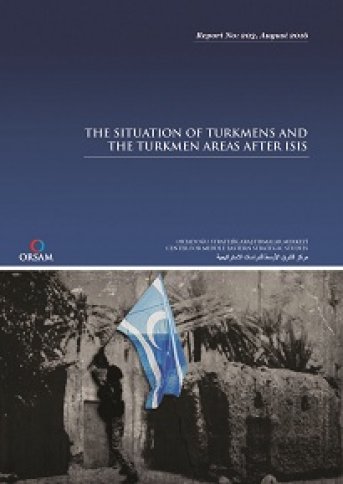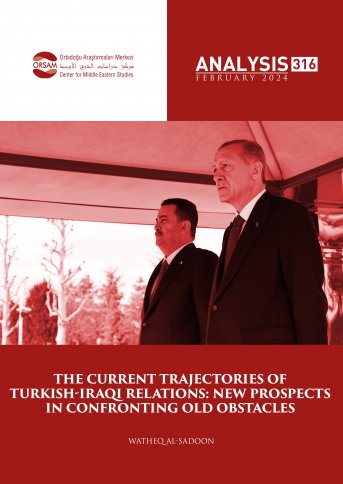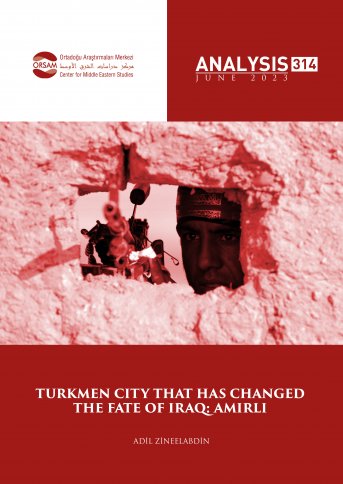
The Situation of Turkmens and The Turkmen Areas After ISIS
ISIS has become a main item in the relations international agenda after its capture of Mosul in June 2014. Its impact has transcended beyond the borders of Iraq in a short time and it has emerged as a new threat and challenge after its terrorist attacks on an international scale. Moreover, ISIS has also established control over the territories that it had captured following its wars against the current governments in Iraq and Syria. This situation has resulted in a complete shattering of the balance in Iraq and Syria. At the same time, potentially permanent damages and changes have occurred in the state mechanisms, social structures, demographic and geographical dynamics and political systems due to a terrorist group acquiring territorial control and administrative authority.
These damage and changes have left a significant impact on particularly the Turkmens in Iraq. The fact that almost all of the towns under the ISIS control are Turkmen settlements makes the Turkmens a direct antagonist amidst the social, political, economic, demographical and military problems that emerged in the post-ISIS period. The rise of the ISIS has exposed the Turkmens to systematic massacres and forced migration. While the Turkmens had been the majority group in their hometowns, their forced displacement caused them to degrade into a minority status in the towns that they fled to. Moreover, Turkmen settlements have suffered from extensive devastation and chemical attacks and some of them have even been rendered uninhabitable, leaving no chance of return. Therefore, one can argue that the social, economic, political, geographic and administrative structure of the Turkmen regions have been subjected to a complete change.
Turkmens have been suffering from not only the impact of the ISIS on itself but also from the effects of ISIS over other groups. In this sense, Turkmens have found themselves in a multi-lateral war, feeling the negative effects of both the sectarian conflict and the conflict between Arbil and Baghdad. Moreover, Turkmens and Kurds are at odds with each other in Tuz Khurmatou and many other regions as a result of the Kurdish groups’ territorial expansion prospects in the post-ISIS period.
This paper seeks to cast light on the situation of Turkmens in the post-ISIS period, while at the same time handling the Turkmen settlements one by one, documenting how they have been affected in that period. This paper also stands as a principle study, for it is built on primary data acquired through field research.







